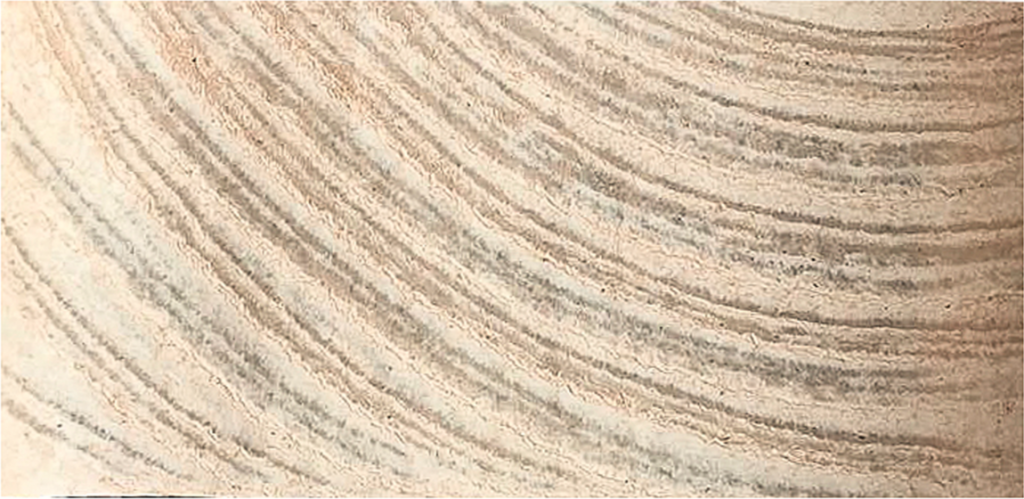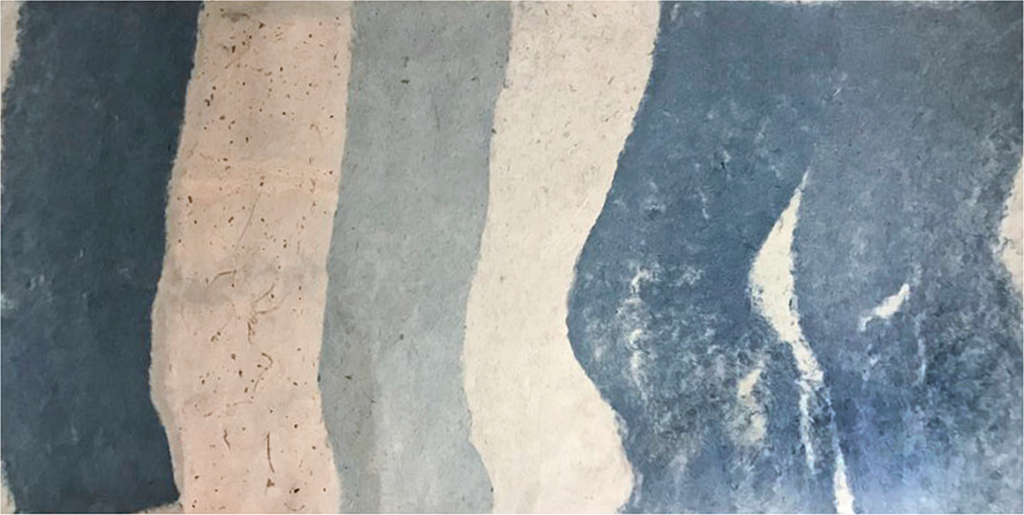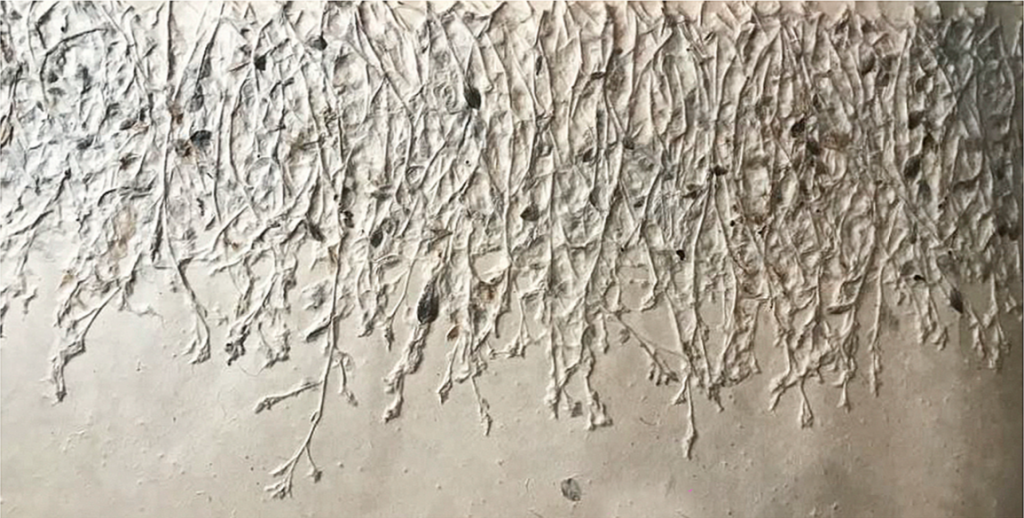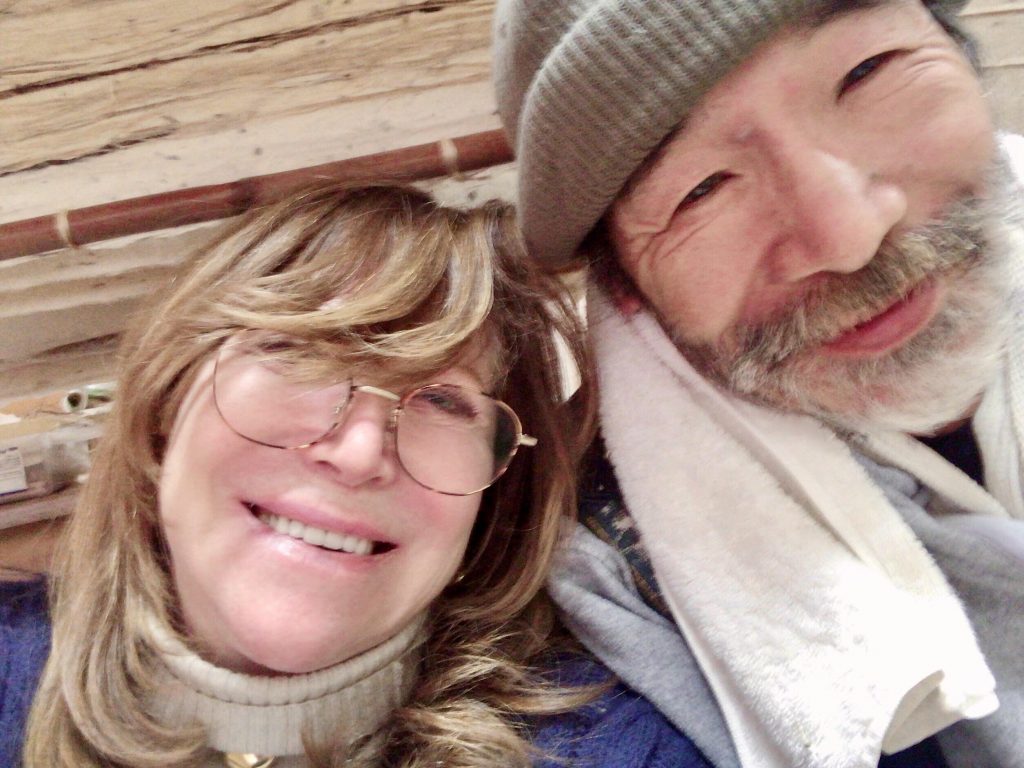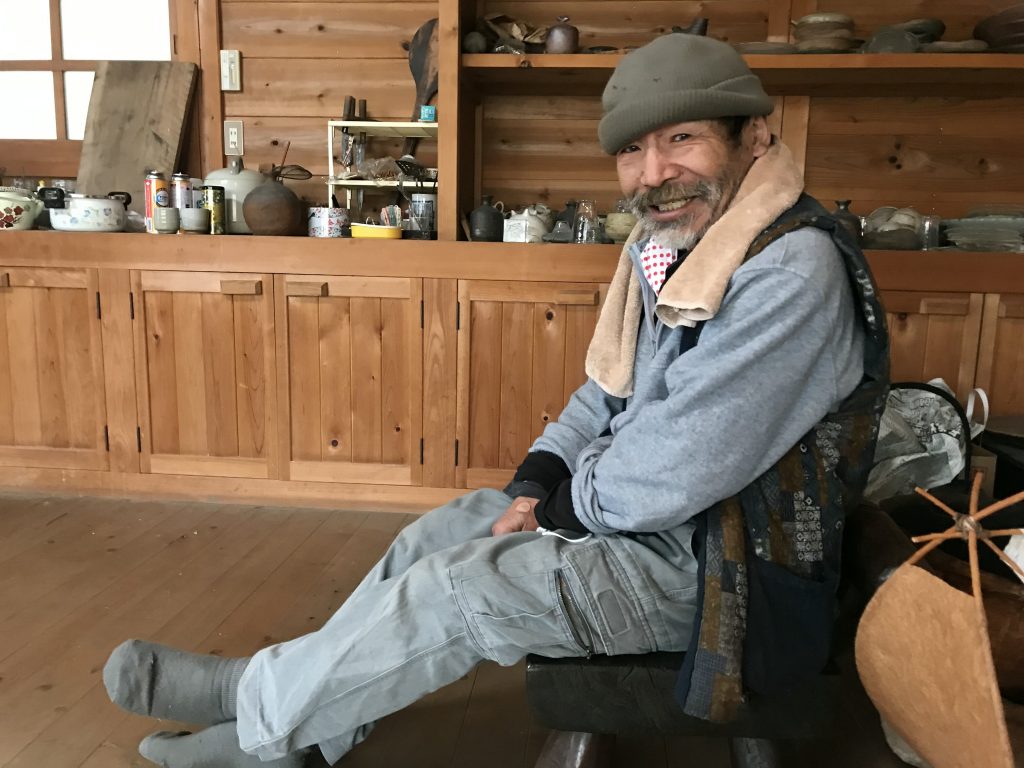Exhibition of Washi from Tokushima – Isao Nakamura
at Community House & Information Centre in 2019

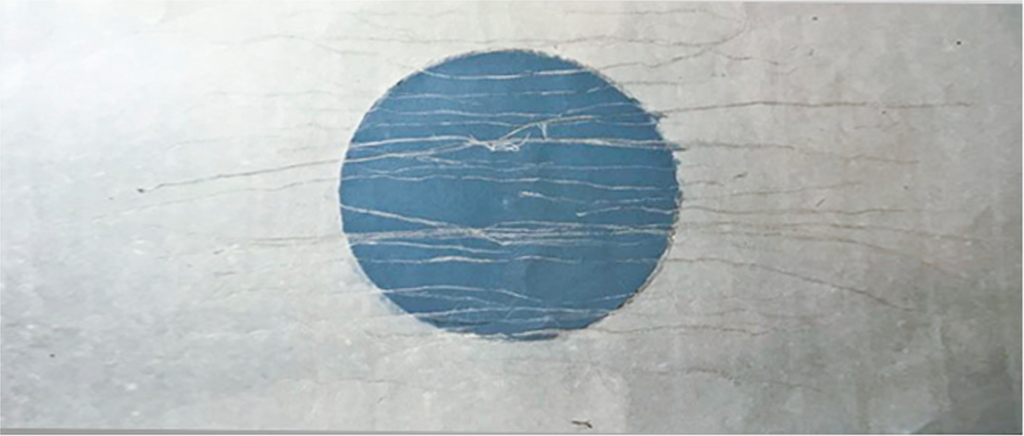
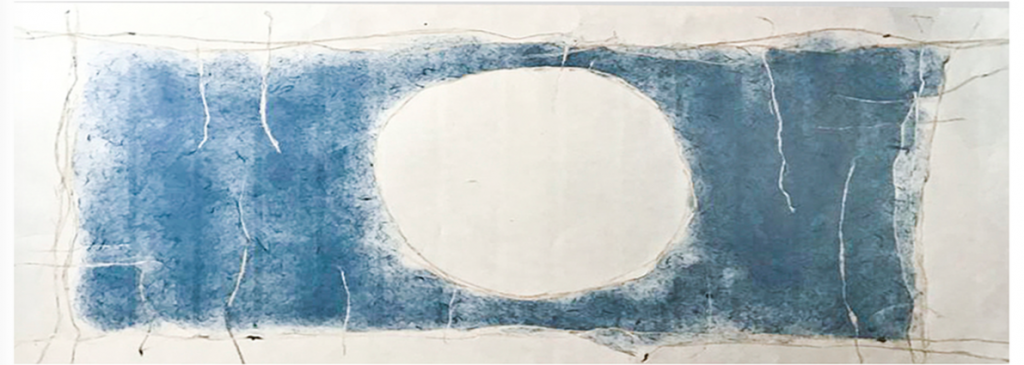
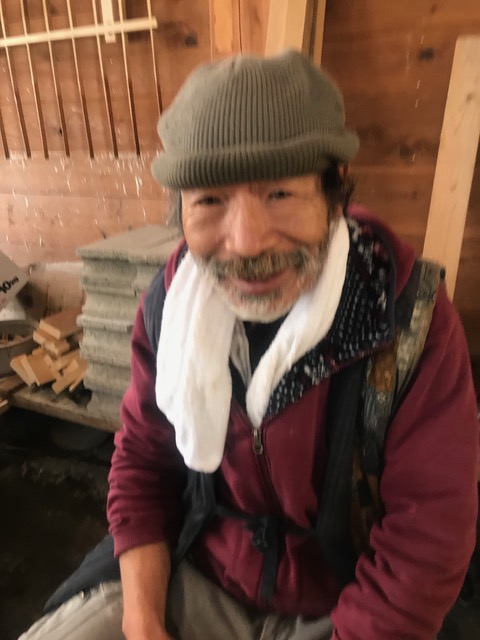
The material used by Nakamura Sensei is principally “kozo”.
Sensei dried the kozo bark pieces in the water to remove the asperities. Then, he boils them and wash them thoroughly piece by piece to further remove the harshness. No insect or their eggs can remain. It would “eat” the paper after a few months.
Then, he put the kozo in the churning machine to disentangle fibers. He moves them into a tank with water, add hibiscus and mix thoroughly. It is a very delicate work. After boiling the kozo and untie the fibers, Nakamura sensei puts it in the tank and knead it.
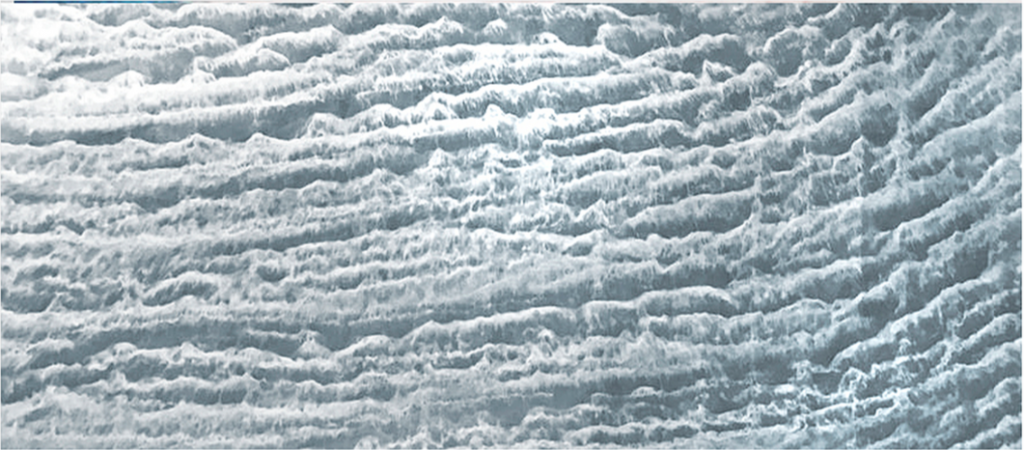
The artisan must evaluate if the condition of kneading is good enough or not. The thickness of each layer will depend on the Master eye. It is the most delicate moment of the process. When he feels that it has been kneaded well enough, he stops mixing, scoops the mixed material with a frame that is made of a fine screen. He spreads the mixture on a board, decides if mixing branches or leafs before drying it on the sunshine. He might decide to paint on the white sheet once dried. Colors are all natural. No chemical products are used during the whole process.
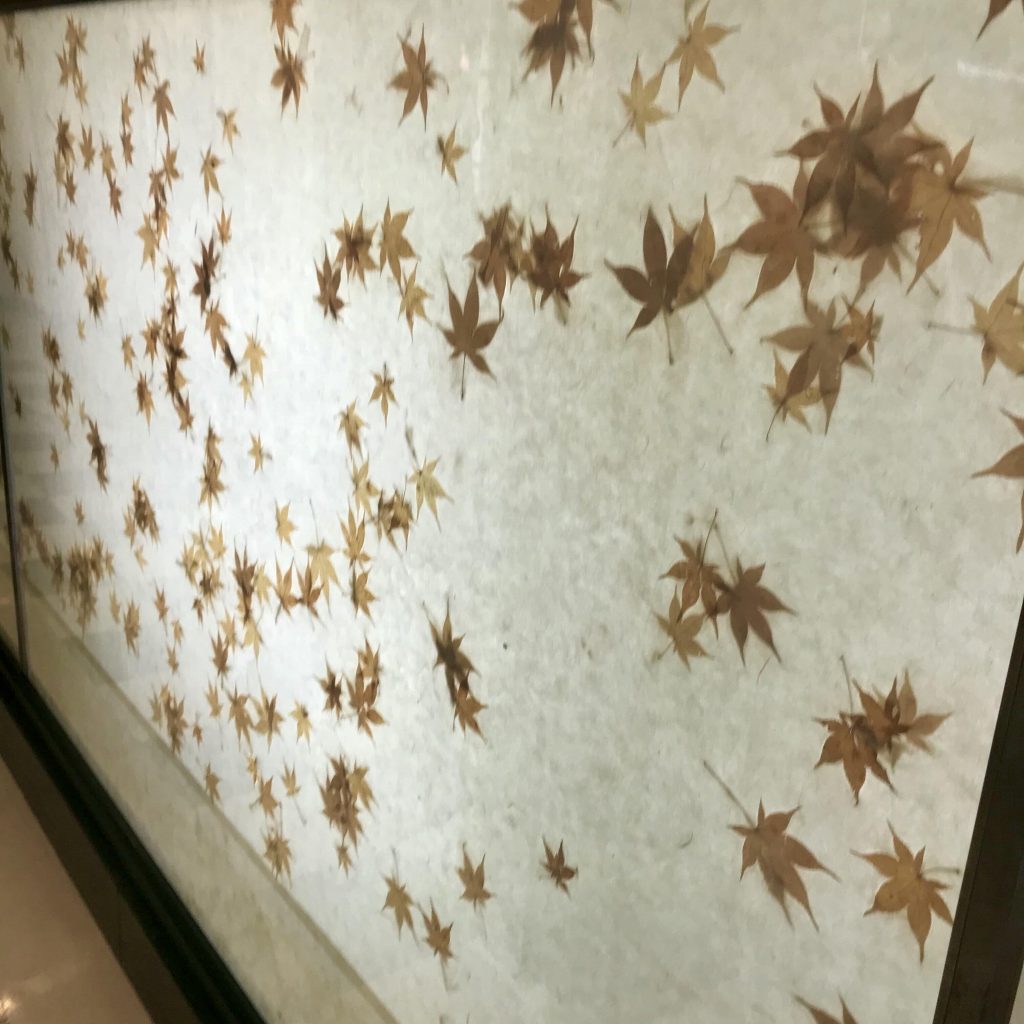




If chemical whitener would be used, it would be white for a certain time but, gradually, it would turn to yellowish when exposed to sunlight and would start crumbling. On the contrary, paper made with centuries old method, while exposed to sunlight it becomes even whiter and stronger with the passing of time.
Washi has been made for more than 1000 years. Unfortunately, today, there are few people willing to succeed to their forefather. This is the reason why old artisan disappear with time.
